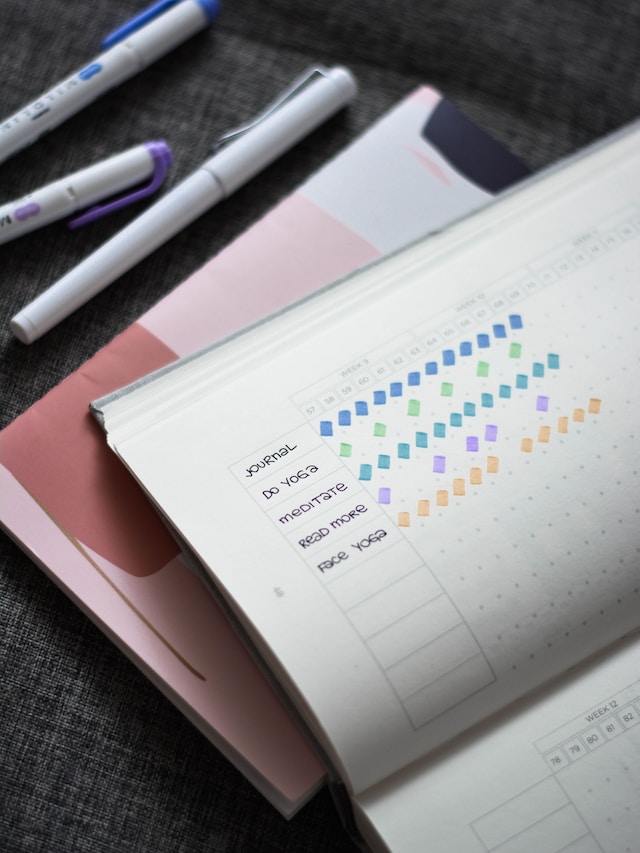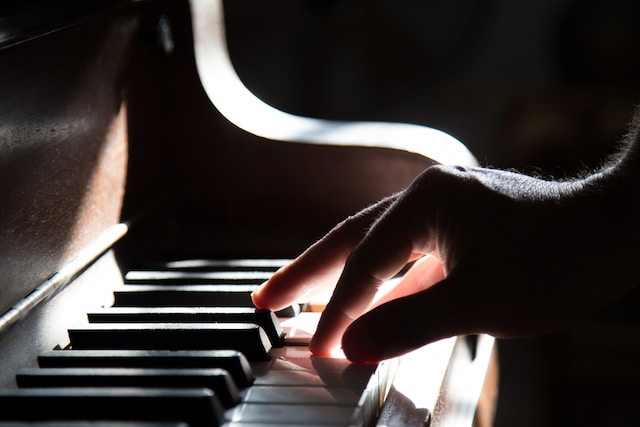3 years ago, I began learning how to play the piano.
After starting my piano journey, I noticed additional improvements in my mental capacity, such as in sequential memory and echoic memory. I can now remember sequences of notes after hearing it once and recreate the same sequence on the keyboard.
If you would also like to learn the same or a different instrument but don’t know where to start, consider reading my other post: Teach Yourself to Play Any instrument. This general guide should get you started and help you set goals in your learning journey.
If you are set on learning the piano, this post serves as a guide of what I did when starting off to reach an intermediate level over 3 years.
Purchasing the Right Keyboard
Keyboards come in various sizes, the most common sizes being 61, 72, and 88 key keyboards. 88 key keyboards are considered full size, but they are consequently the most expensive.
61 and 72 key keyboards come with a wide variety of preset sounds and extra features for a lower price compared to full size keyboards. Any keyboard size works out of the 3 for beginners, but if you plan on playing more difficult songs in the future, 88 keys allows for a full range of motion.
Full size keyboards also come with either semi weighted or full weighted keys. Weighted keys pack more weight to mimic the hammer action of an acoustic piano.Semi weighted keys allow for partial control of this feature.
The most important thing when looking for a keyboard is doing your research. After extensive research on all the features a keyboard could have, I narrowed down my criteria to full size, semi weighted keys. Knowing what I wanted personalized my learning.
Learning How to Learn
After purchasing a keyboard, the next step is learning how to play. To do so, you could either teach yourself using free resources or take lessons for a more structured approach. However, one important step before jumping into the instrument is learning how to learn.
Before I laid my hands on the keyboard, I watched every video on exactly how self taught pianists taught themselves. I also watched videos on common mistakes self taught pianists make, so I wouldn’t make the same mistakes.
Knowing What to Learn
Basic music theory is a must. Learning music theory can help you understand the aspects that form music, such as melody and rhythm.
Before learning the piano, I had a basis for rhythm and melody from several years of singing lessons that jump-started the process. A year later, however, I wished to learn how to sight read and didn’t know where to start.
While being self taught can help you pace yourself, it also involves an extensive research process in what to learn. After a year of struggling to understand the next steps, I stumbled across a free course on Coursera: Fundamentals of Music Theory by the University of Edinburgh. I recommend this course for beginners to gain an understanding of the various components of music, for sight reading and composing purposes.
To actually learn how to play the instrument, I used a book called Piano for Dummies. This beginner’s guide by Blake Neely slowly progressed in difficulty and focused extensively on the basics of playing the piano. This book covers most of the fundamentals of music theory as well.
Setting Goals for Yourself
I was initially moved by how different arrangements on the piano still maintained the complexity and feel of the original songs they covered. I swooned over the covers of popular Youtubers such as Patrik Pietschmann and Rousseau; the magic their fingers held to maintain a feel of a song with just one instrument. My ultimate goal was to learn to play songs by ear; to create my own, detailed arrangements of songs from first listen.
For this reason, I spent the first 2 years watching and mimicking piano covers by hand rather than sight reading. This helped me understand the composition of songs, how notes paired with chords, but intuitively. Rather than practicing known sets of chords and being taught how to pair melodies with chords, I had the chance to connect the dots myself with each arrangement I learned.
After reaching a decent amount of confidence in my own abilities, I moved onto creating my own arrangements. I would toil around on the piano for hours to find the right notes and chords, covering pop songs by ear.
The goal you set doesn’t have to serve as a destination. My goal was a general benchmark that kept me focused on improving rather than reaching an end.
Overconfidence
The last thing to remember when learning anything new, is the tendency to be overconfident. The Dunning- Kruger effect is a cognitive bias where people are overconfident in their own performance when they first begin.
When we don’t know how much there is to learn about something, we underestimate the amount of effort necessary.
Learning the piano is difficult. I believed I would excel at the instrument from the first time I laid my hands on the keyboard, but that wasn’t the case. My overconfidence eventually became under-confidence, but pushing past that initial threshold of difficulty was the key to continuing.



